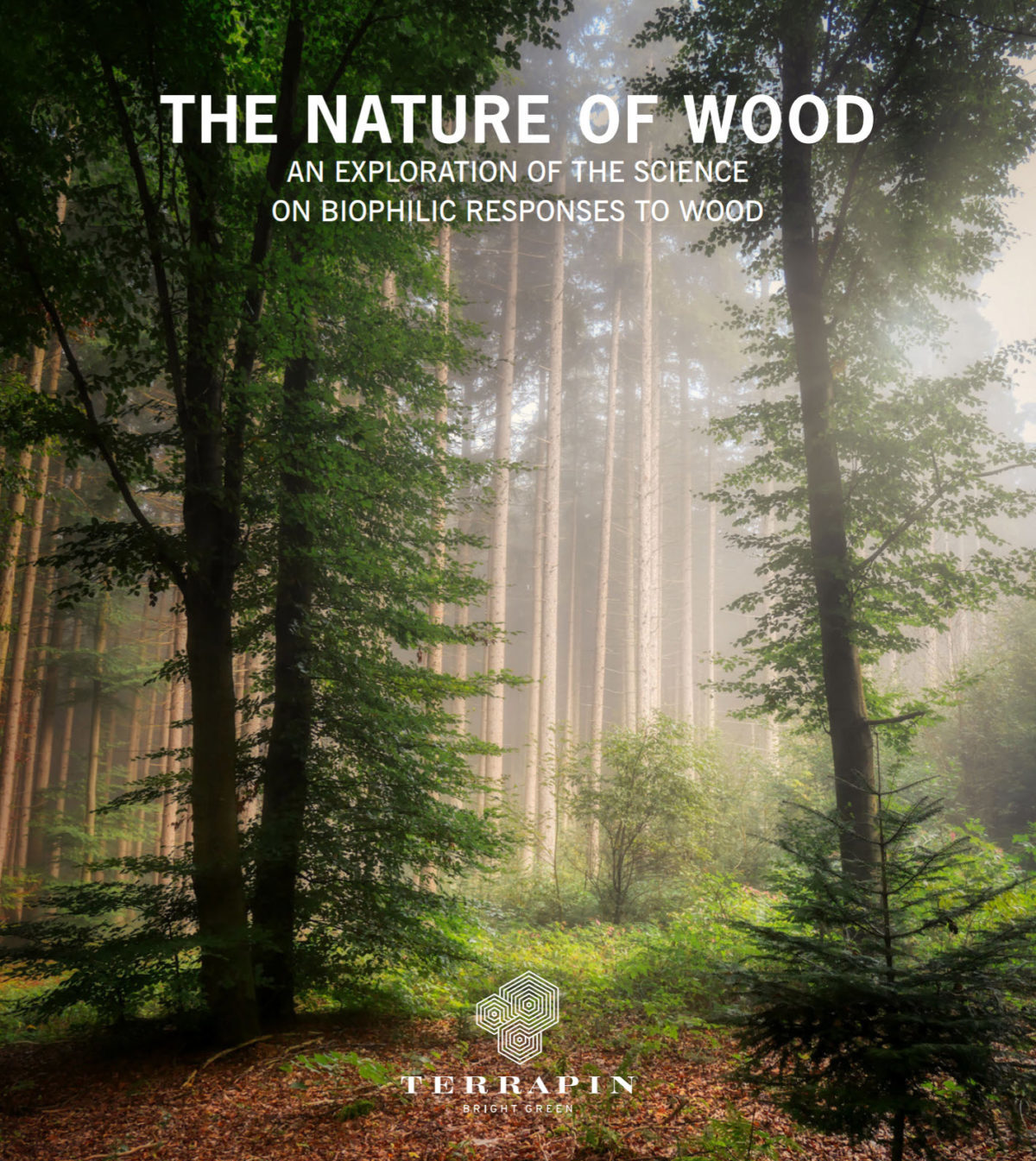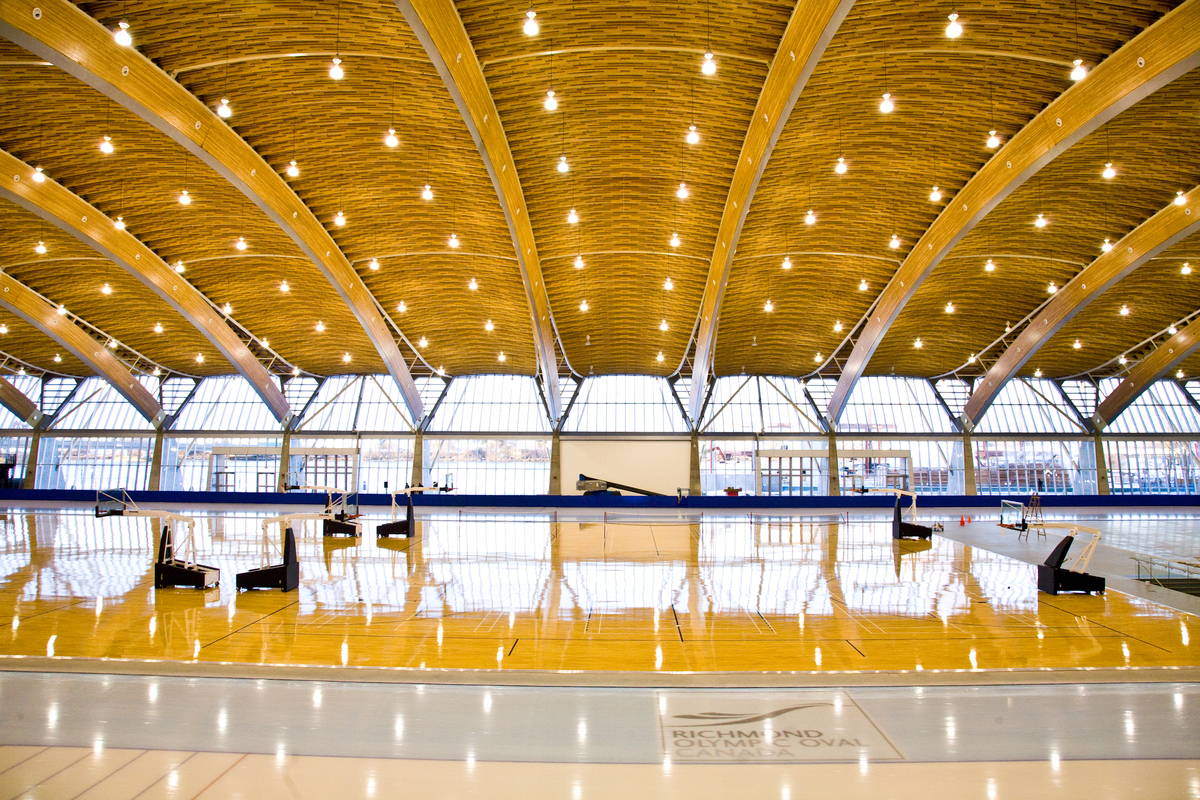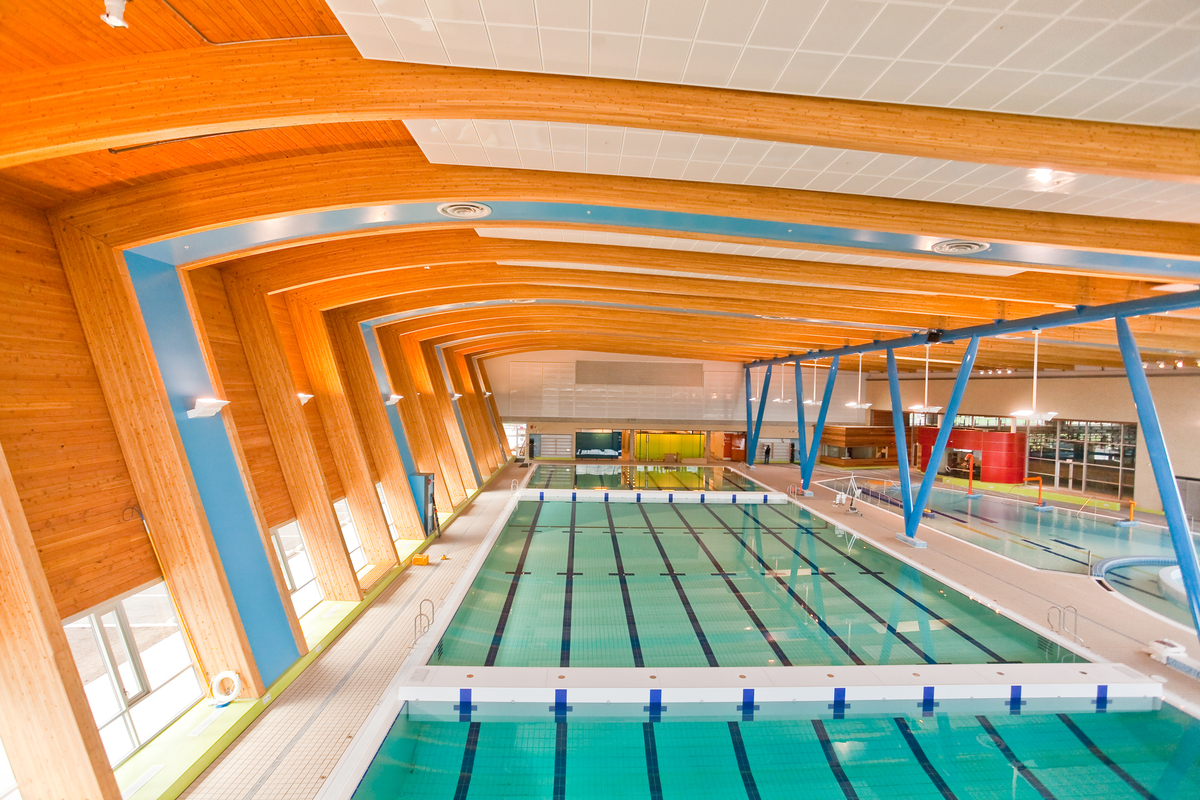Biophilia and the nature of wood
A report by Terrapin Bright Green takes a deep dive into the biophilic nature of wood. Mass timber construction can have significant benefits in reducing the embodied carbon footprint of buildings. If sourced from sustainably managed forests and produced locally, these building components can store more carbon than is emitted in their production. In effect, the mass timber portions of a building could offset the carbon footprint of other materials. That said, another major reason for the attention to mass timber likely is that we find wood to be natural and beautiful.
By asking why we prefer wood, this paper explores the science of having a biophilic response to wood.
What is biophilia?
Humans seem to have an innate affinity for nature—a phenomenon known as biophilia. This connection has become the subject of many research initiatives exploring how different experiences of nature affect humans both physiologically and psychologically, leading to the recognition that designing elements of nature into the built environment can have health benefits including stress reduction, improved cognitive performance, enhanced moods, and increased preference for spaces. These benefits are often referred to as biophilic responses.
The physiological and psychological benefits
- Lowered blood pressure and lowered heart rate.
- Increased activation of the parasympathetic nervous system/calming.
- Perception of warmth.
- Expressed visual preference for the space.
- Wood is perceived to be connected to living things.


